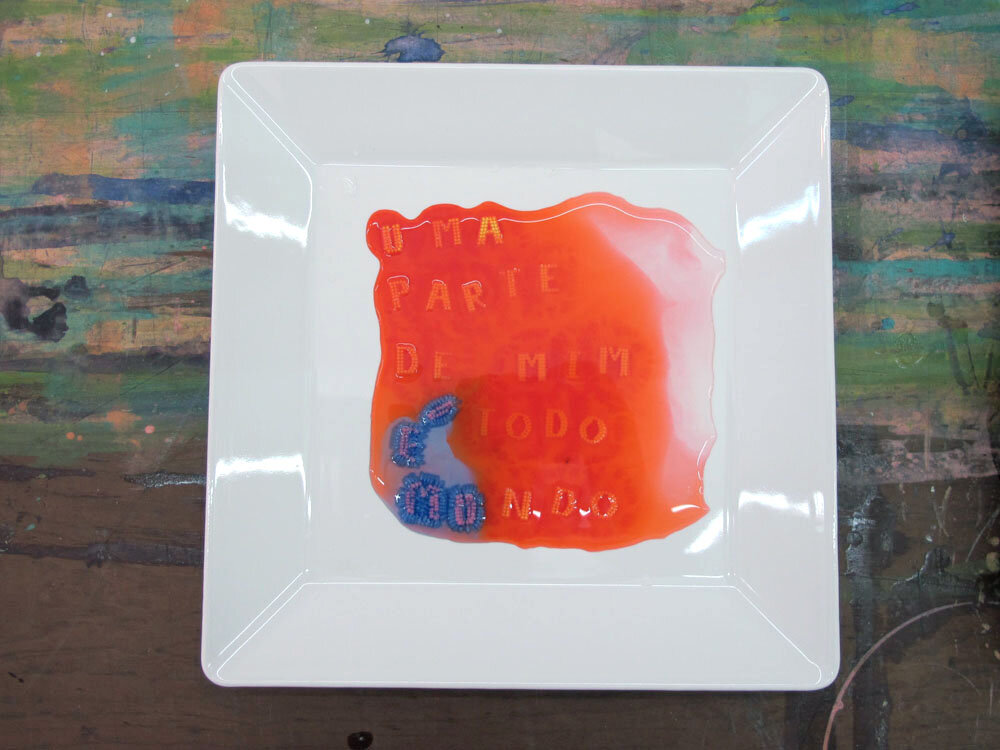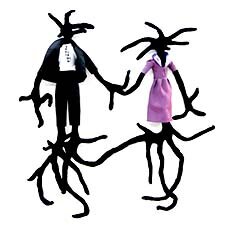2012









































Paintings
This series started early in my BFA at the Federal University of Rio, probably around 2004, when I was about to graduate. The course was very hands-on and the theory was not addressing the issues I was interested in, so I did my own readings. I was fascinated by Philosophy and Poetry, and was eager to share these ideas with my fellow art majors (and anyone really). How to do that without tapping someone on the shoulder and reading to them? I decided to make paintings that would share the work of these authors in monumental scale. Using bright colors to lure people’s attention. My desire was to create murals from the very beginning, but making public art does not come easy, so I started making paintings hoping that they would lead to public spaces. I wanted to take literary works that might be too obscure/controversial, or perhaps too dissonant to mainstream consumerist culture to the most public settings possible. Another reason to use text is a desire to let the viewers’ imagination construct their own imagery. I provide ideas, and they can illustrate them and hopefully bring them to fruition within their own internal dialog.
A Coney Island for the Mind
Unlike historical painting of the Renaissance, Baroque and Modernism, contemporary painting has no common ground, and is therefore free to define itself. In the past, artists observed a strict series of principals around perspective, the compositional power of light and shadow, and later, planarity, which came to define common aesthetic judgment. Conversely, the contemporary artist must create their own systems in order to qualify and singularize their production in comparison to others.
In this series of paintings, Julia Csekö responds to this need and expectation, establishing a relationship between her work and the general ideas it references. Csekö appropriates excerpts from texts by authors and artists whose ideas attract her attention, and integrates them into her work.
She paints these excerpts sensibly on multiple colored bars that cover the canvas’ entire surface. The chromatic and textual surfaces the artist builds conjure more confrontation than harmonization. Text and paint do not illuminate each other, nor do they justify a necessary relationship. Word and image coexist juxtaposed. These paintings don’t allow for a clear reading of the authors quoted, such as Guy Debord, Hakim Bey, Henri Lefebvre and Luciano Fabro; nor do they represent a purely formal chromatic exercise, as commonly expected of painting. In this successful fitting of parts that would not usually fit together, Csekö creates a systemic pattern that guides her pictorial production: the words point to a sensitive spatial order, but suffer the corrosive action of their meaning when presented as painting.
In an accompanying performance by Csekö, the corrosion of the power of words is explored literally, as the artist dissolves a series of edible letters spelling out phrases such as "A part of me is everyone". Soaked in vodka, the letters melt into a colored liquid pool to be ingested by visitors.
The written word is expected to be a guiding principle for understanding. Csekö meets this expectation, only to challenge it, returning the expectation to the viewer as a confounding dissolution, negating the clarification between what is seen and what can be read.
Fernando Cocchiarale, 2012


